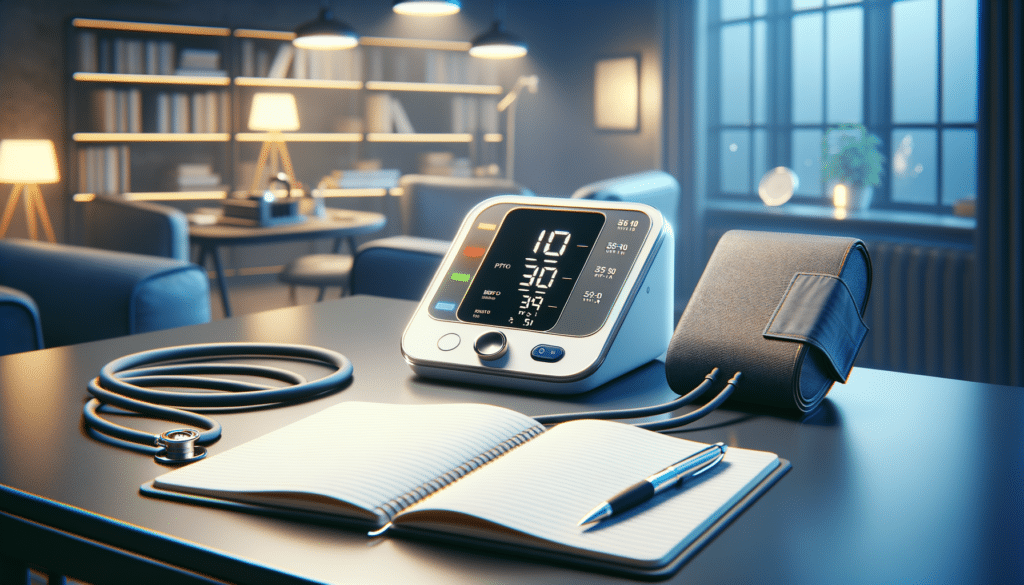Home Blood Pressure Monitoring: A Growing Trend
In recent years, home blood pressure monitoring has gained significant traction. This shift is largely due to the increasing awareness of cardiovascular health and the convenience offered by modern technology. Monitoring blood pressure at home allows individuals to track their health more consistently, providing a clearer picture of their cardiovascular status over time. This is particularly beneficial for individuals with hypertension or those at risk, as it enables them to manage their condition proactively.
Home blood pressure monitoring can help detect early signs of hypertension, allowing for timely intervention. It also empowers individuals to take charge of their health, reducing the need for frequent doctor visits. Moreover, regular monitoring can help identify patterns and triggers, such as stress or dietary changes, that may affect blood pressure.
For those considering home monitoring, it’s essential to select a device that is easy to use and provides accurate readings. Many devices now come with digital displays and memory storage, making it easier to track readings over time. Additionally, some models offer connectivity to smartphones, allowing users to share their data with healthcare providers effortlessly.
How to Use a Blood Pressure Tester Effectively
Using a blood pressure tester at home is straightforward, but following the correct procedure is vital to ensure accurate readings. To begin, choose a quiet, comfortable setting where you can sit and relax for a few minutes before taking your measurement. It’s recommended to take your blood pressure at the same time each day, as this can provide more consistent results.
When you’re ready, sit with your back straight and supported, and place your feet flat on the floor. Rest your arm on a table at heart level. If you’re using an upper arm monitor, wrap the cuff snugly around your bare arm, just above the elbow. For wrist monitors, ensure the cuff is level with your heart.
Turn on the device and follow the instructions to begin the measurement. Remain still and avoid talking during the process. Once the reading is complete, note the systolic and diastolic numbers. Many devices will store this data automatically. If you’re tracking your readings, consider recording them in a journal or app for easy reference.
It’s important to take multiple readings, especially if the first one is higher than expected. Wait a few minutes between measurements to allow your blood vessels to return to their normal state. This practice ensures more reliable results.
Digital vs Manual BP Monitors: Which to Choose?
When it comes to choosing a blood pressure monitor, the decision often boils down to digital versus manual options. Each has its advantages and considerations, catering to different user needs and preferences.
Digital blood pressure monitors are popular for their ease of use and convenience. They automatically inflate and deflate the cuff, and the readings are displayed on a digital screen. Many digital models come with additional features such as memory storage, averaging of multiple readings, and connectivity to apps for tracking health data. These monitors are ideal for those who prefer a quick and hassle-free experience.
On the other hand, manual blood pressure monitors, often used in clinical settings, require a bit more skill. They consist of a cuff, a bulb for inflation, and a stethoscope. While they can be more accurate when used correctly, they demand a certain level of expertise to ensure precise readings. Manual monitors might be suitable for healthcare professionals or those familiar with auscultation techniques.
Ultimately, the choice between digital and manual monitors depends on individual needs. For most home users, digital monitors are the preferred option due to their simplicity and user-friendly design. However, for those who appreciate the traditional method and have the necessary skills, manual monitors remain a viable choice.


